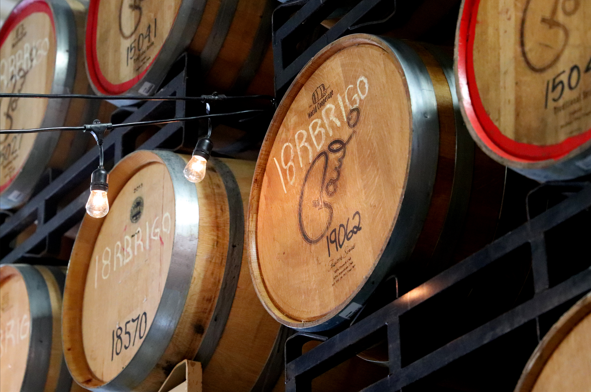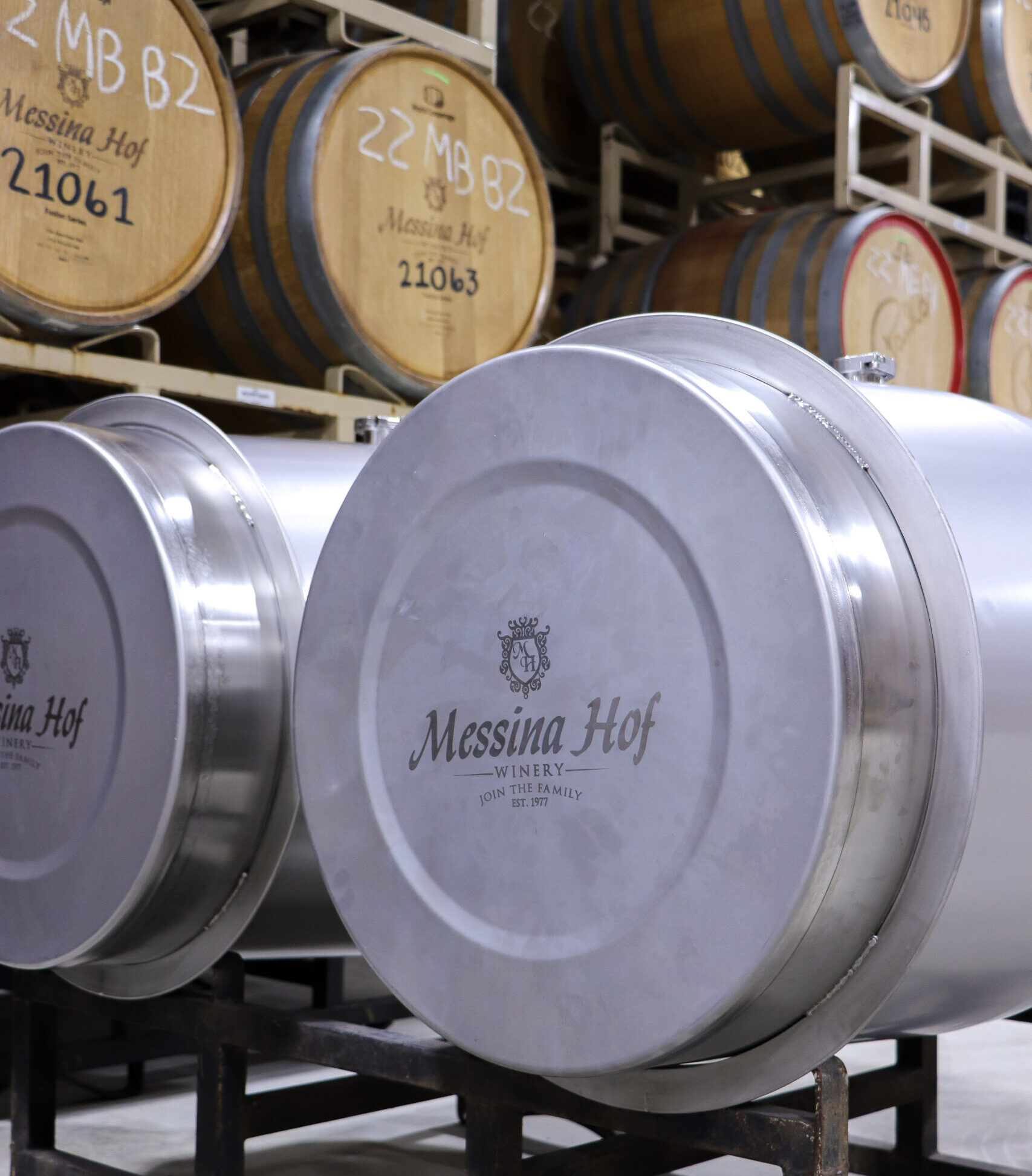The Effects of Oak Aging on Wine
08.18.23
Did you know the top fifty most expensive wines in the world are oak-aged in some way? Oak aging is a crucial component in the winemaking process. Everything from the size, age, type of wood, grain, and treatment of the barrel affects the resulting wine. Let’s take a closer look at how oak affects your wine.
The Origins of Oak Aging
The oak wine barrel is one of the most recognizable symbols associated with wine. For generations, the oak barrel has been romanticized yet the reason we began aging wine in oak barrels was not intentional, rather it was a practical accident. Just like grape stomping, wine barrel aging dates all the way back to ancient Rome. During their spread across the globe, wine was the safest drink, providing much-needed calories and nutrients to malnourished soldiers. However, transportation was a huge issue.
Other civilizations during the time used clay amphorae, which was too heavy, or palm wood, which was too difficult to bend. As the Romans pushed north, they encountered a Celtic civilization who used wooden barrels to transport beer. As you may have guessed, these barrels were made of oak which was softer and easier to bend than palm wood. With its tight grains, oak provided a waterproof medium and was a lighter alternative to clay. After that, the transition to oak barrels was quick and continues to be the primary method of wine aging.

How Does Oak Affect the Taste of Wine?
Oak is essentially a winemaker’s salt. It increases the boldness and intensity of the wine, adds flavor compounds, and creates a smooth finish. Oak aging is necessary to achieve a full-bodied flavor and fragrance. Oxygenation softens the tannins, which are the textural components that dry out your mouth. Barrels limit the amount of oxygen that comes in contact with the wine, creating a smoother wine. The type of oak also plays a huge role in how the wine tastes.
Types of Oak Barrels
Typically, wine barrels are made of two types of oak: French oak or American oak. Some winemakers may blend the two to make a hybrid barrel adding new flavor compounds to the wine.
French Oak
French Oak (Quercus robur) and Sessile Oak (Quercus petraea) are selected for their fine grain qualities. The tighter the grain the slower the transfer of flavors which leads to more complex notes of spice, nuts, coffee, and jammy fruit. French Oak is ideal for lighter wines such as Chardonnay or Pinot Noir.
American Oak
American Oak (Quercus alba) has a wider grain than French Oak providing for fewer tannins. Typically, wine aged in American Oak will have more pronounced butterscotch and vanilla notes. This type of oak is best used for bolder wines such as Cabernet Sauvignon or Petit Sirah

Oak-Aging vs. Steel Tank
Typically, wines that age best consist of a higher alcohol percentage and a full-bodied robust structure. These wines include Sangiovese, Merlot, Cabernet, Pinot Noir, and Syrah. For all the white wine lovers, quite a few varietals can easily age 2-4 years, with some capable of aging up to 10 years. Wines like Chenin Blanc, Chardonnay, Riesling, and Sémillon get their delicate flavors through aging.
While oak barrels have been the primary method of aging for many years, winemakers have begun aging with stainless steel barrels to allow the grape varietal to age without any influence from the wood. Just like oak barrels, steel barrels limit oxygen exposure to the wine but are more durable and more eco-friendly. Steel tanks are commonly used for white wines with fruit-forward aromas and crisp tastes like Pinot Grigio.
Next time you’re in Bryan, book a Public Tour & Tasting at Messina Hof where you can learn the history of this award-winning winery and experience a behind-the-scenes look at our property, including the wine production facilities.
